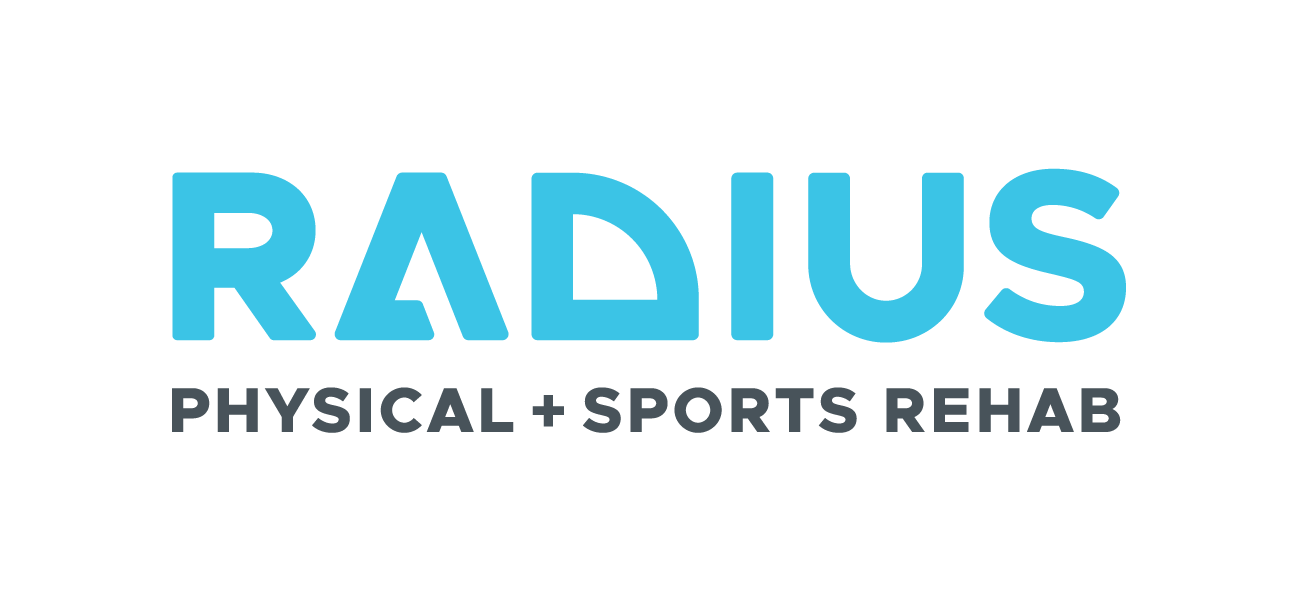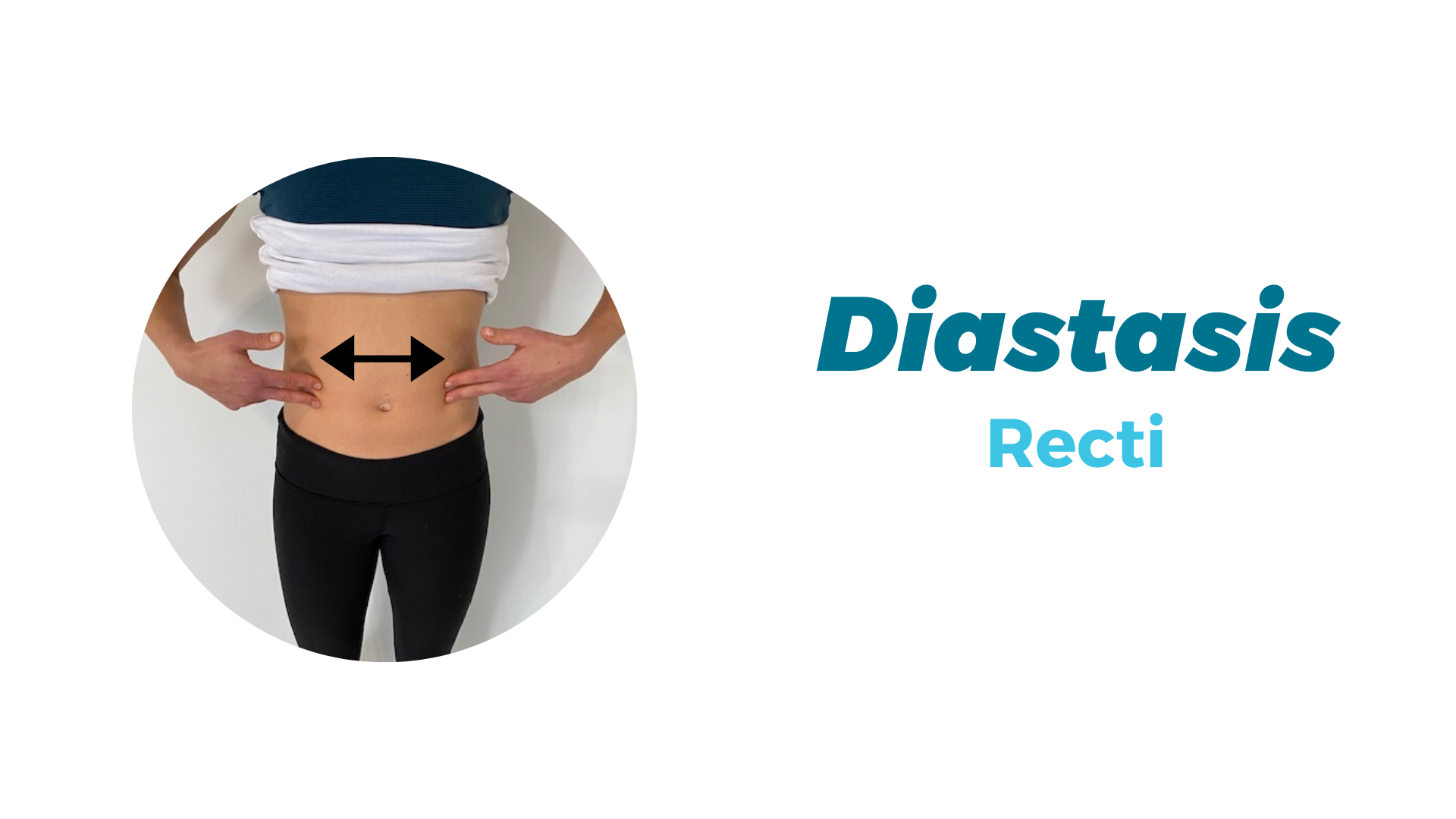What is Diastasis Recti Abdominis?
Diastasis Recti Abdominis (DRA) occurs when the connective tissue between the two halves of recti abdominis muscle, commonly referred to as the 6 pack, becomes weakened and increases outside of normal distance. The white band of connective tissue that runs from the sternum to the pubic bone is known as the linea alba.
Who Does Diastasis Rectus Abdominis Affect?
Diastasis Recti Abdominis can affect everyone; man or woman, young or old, fit or not. Although it can occur in anyone, the primary population to experience DRA is pregnant and postpartum women. Research has shown that every single pregnant woman will have some degree of linea alba separation by 35 weeks of gestation. This separation is still present after birth and is considered completely normal until 6-8 weeks postpartum. Natural healing will continue to occur for months after, but it is a great idea to begin DRA rehab as soon as possible.
How to Assess for Diastasis Rectus Abdominus?
Most healthcare providers don’t assess specifically for diastasis at all, and if they do, many are mistakenly hyper focused on the width of the separation. The most important measurement is actually how the abdomen functions under load; the kind of tension that the tissues can tolerate is so much more important than the width of separation. Below are the three measurements that should be taken into consideration before diagnosing with DRA. These measurements should be performed once in a relaxed state and another in a chin to chest position (stressing the linea alba).
Tension/Integrity/Depth - What does the tissue feel like midline? How many knuckles deep do the fingers go? There is some natural flexibility to the linea alba but in its normal state, it should resist the pressure applied to it.
Length - How long is the separation and where is it located? Above the umbilicus or below?
Width - How many fingers can fit across the diastasis?
Doming or coning (bulging) mid-line with the chin to chest movement should also be noted.
What Can You Do To Help Prevent Or Heal Diastasis Recti Abdominis?
If you aren’t sure, or think you may have DRA, it’s always a good idea to consult with a provider trained to diagnose and treat DRA. He or she may offer manual therapies and/or active rehabilitation specifically geared toward DRA. For prevention, modifying and even avoiding certain movements throughout pregnancy, while adding in beneficial core exercises, is the best way to prevent DRA. This will allow you to enter your third trimester and postpartum period with greater core stability and strength. Some core exercises that are less than ideal during pregnancy include sit-ups, crunches, V-ups, leg raises, toes to bar, bicycles, and planks.
Article authored by Dr. Hannah Flammang, DC. To schedule an appointment with Dr. Hannah Flammang, DC in person or via telehealth click here.
The views expressed in this article intend to induce conversation. This article is not, nor is it intended to be, a substitute for professional medical advice, diagnosis, or treatment, and should never be relied upon for specific medical advice.


